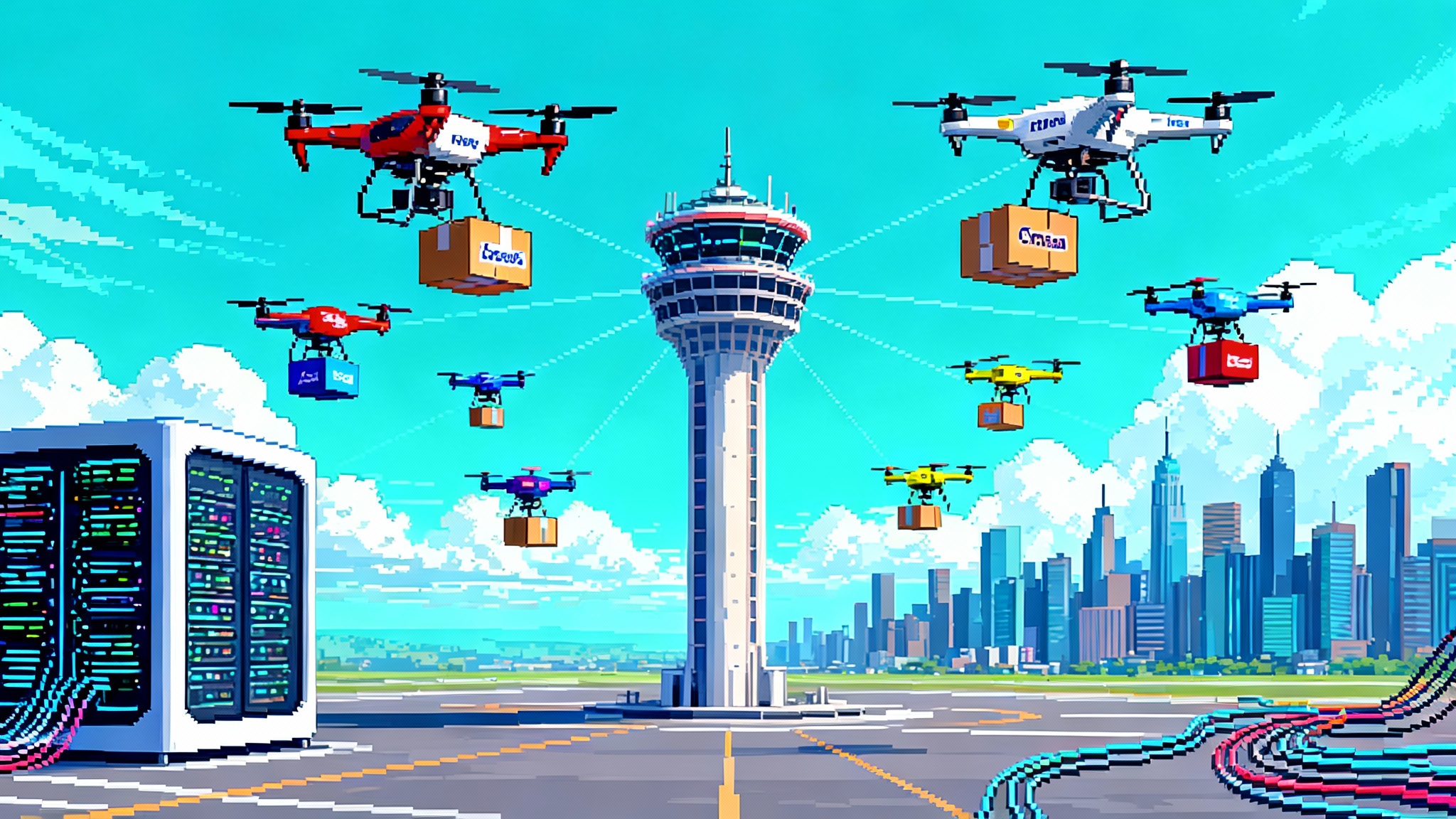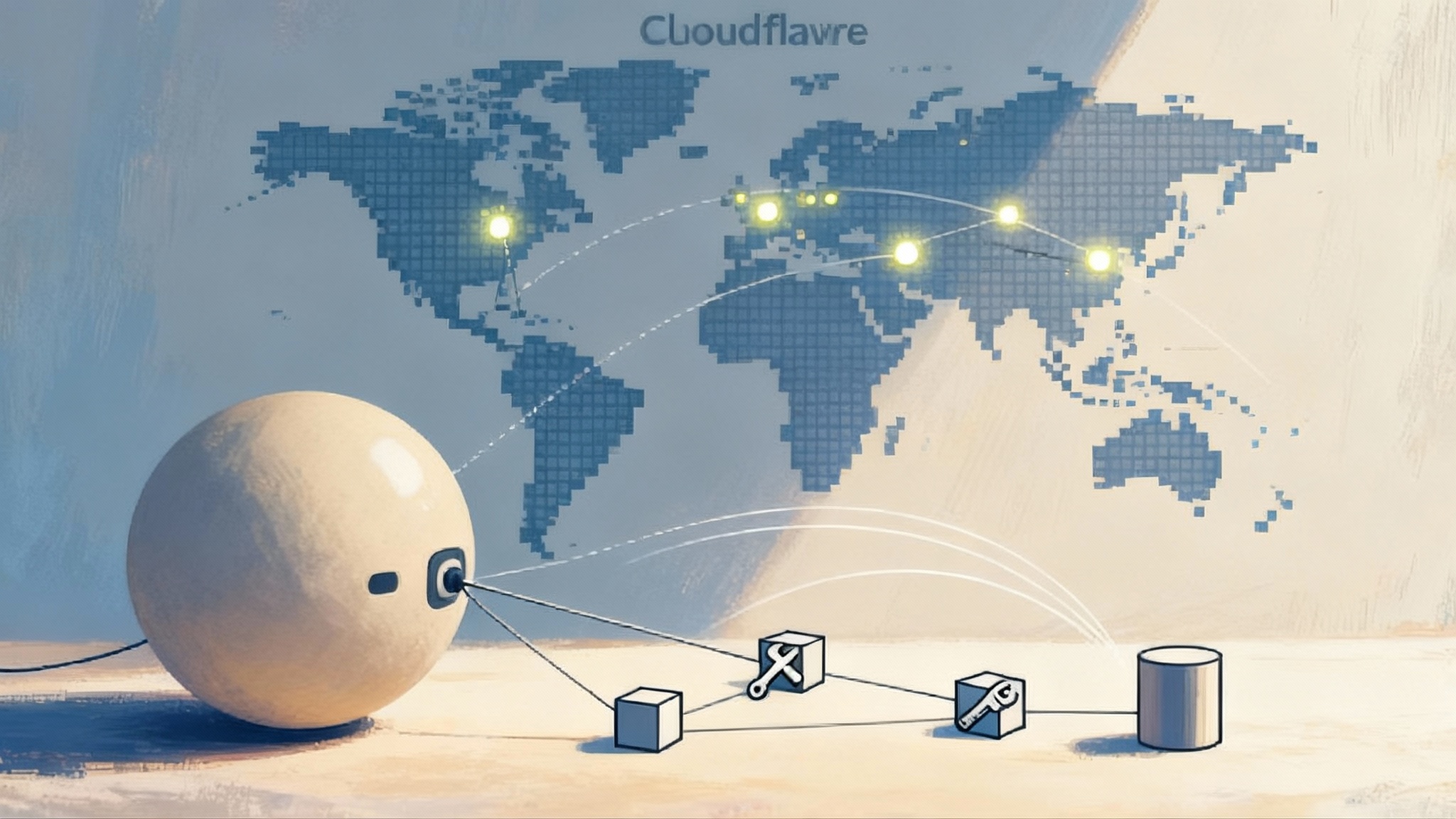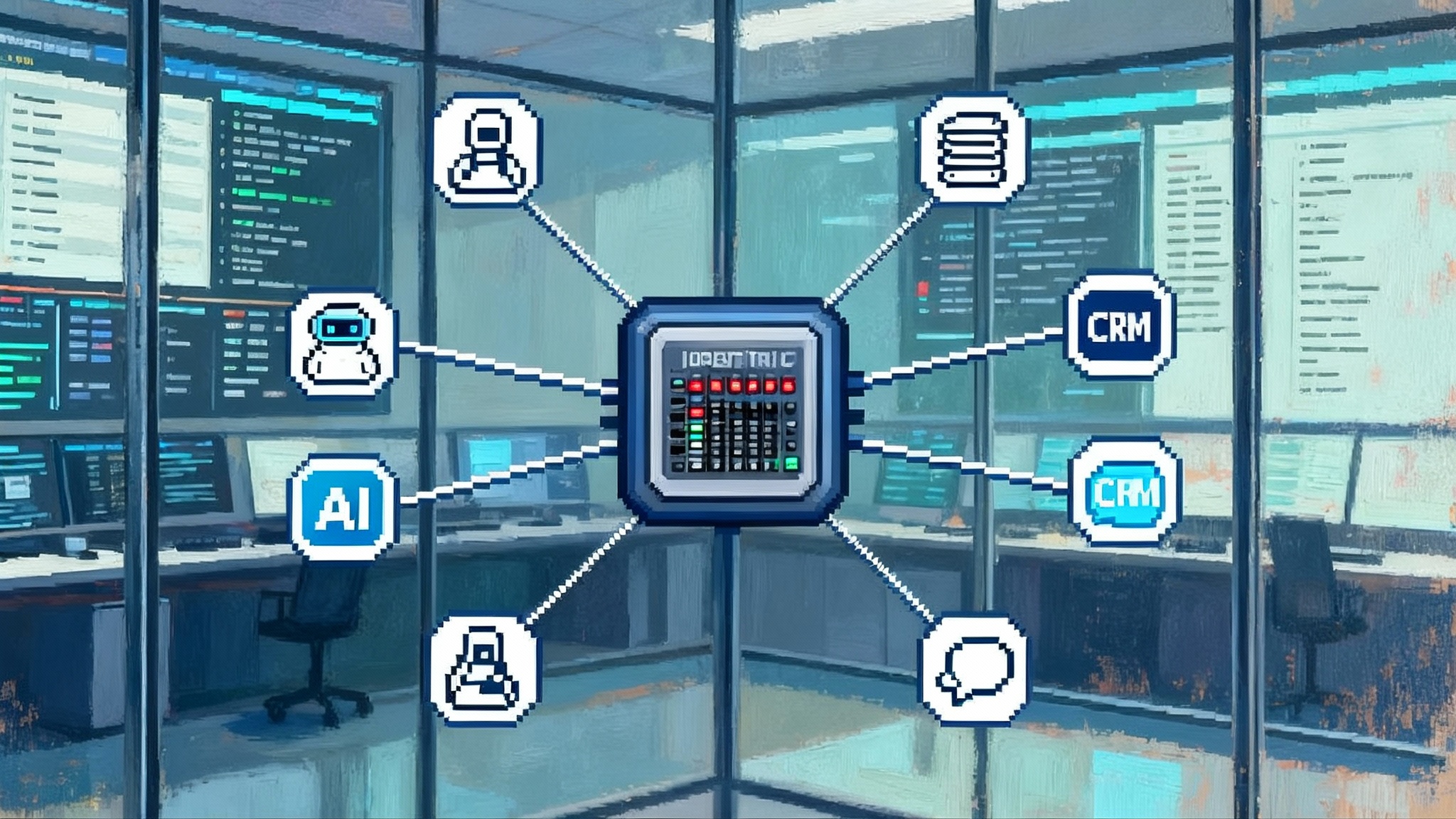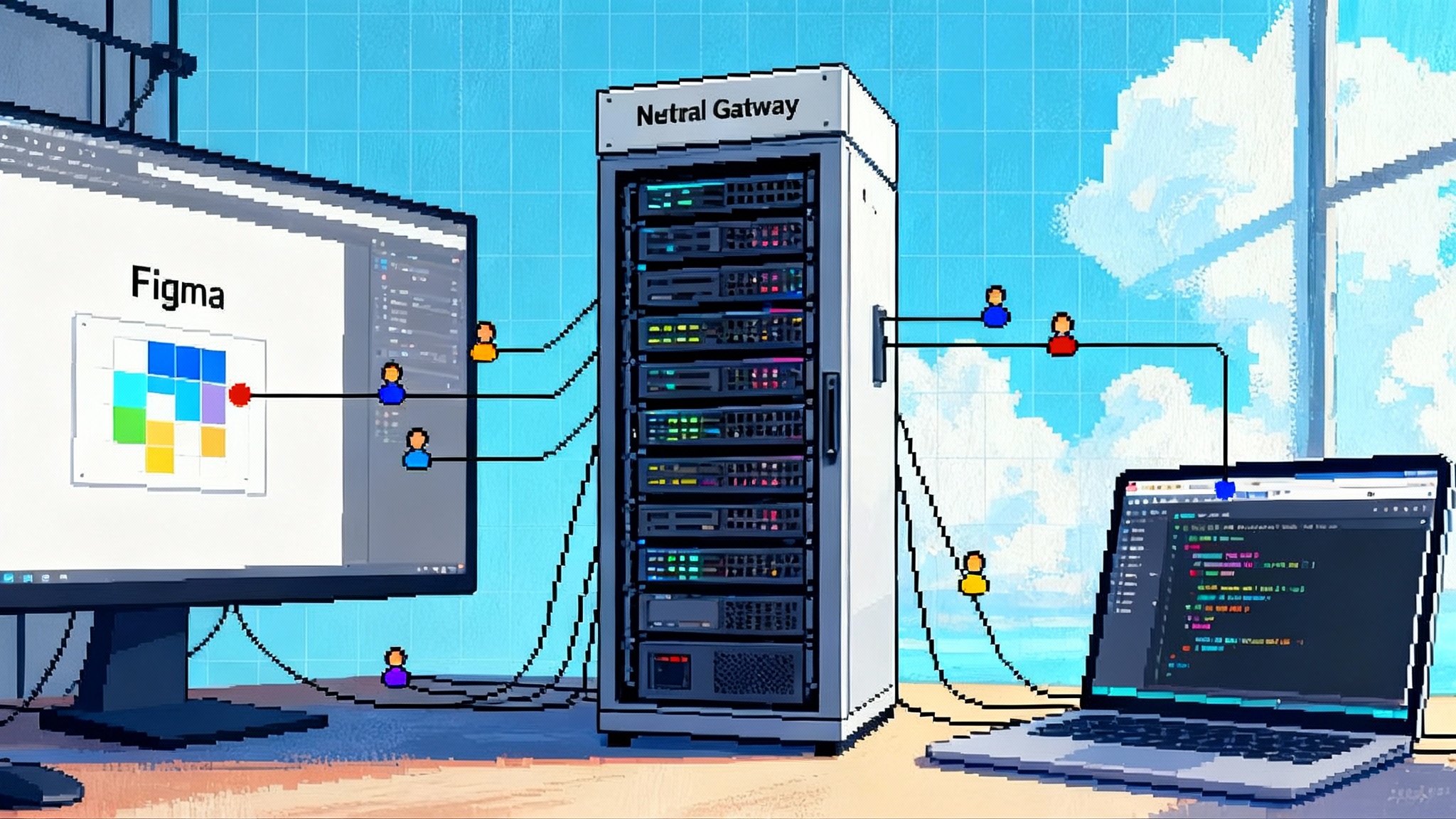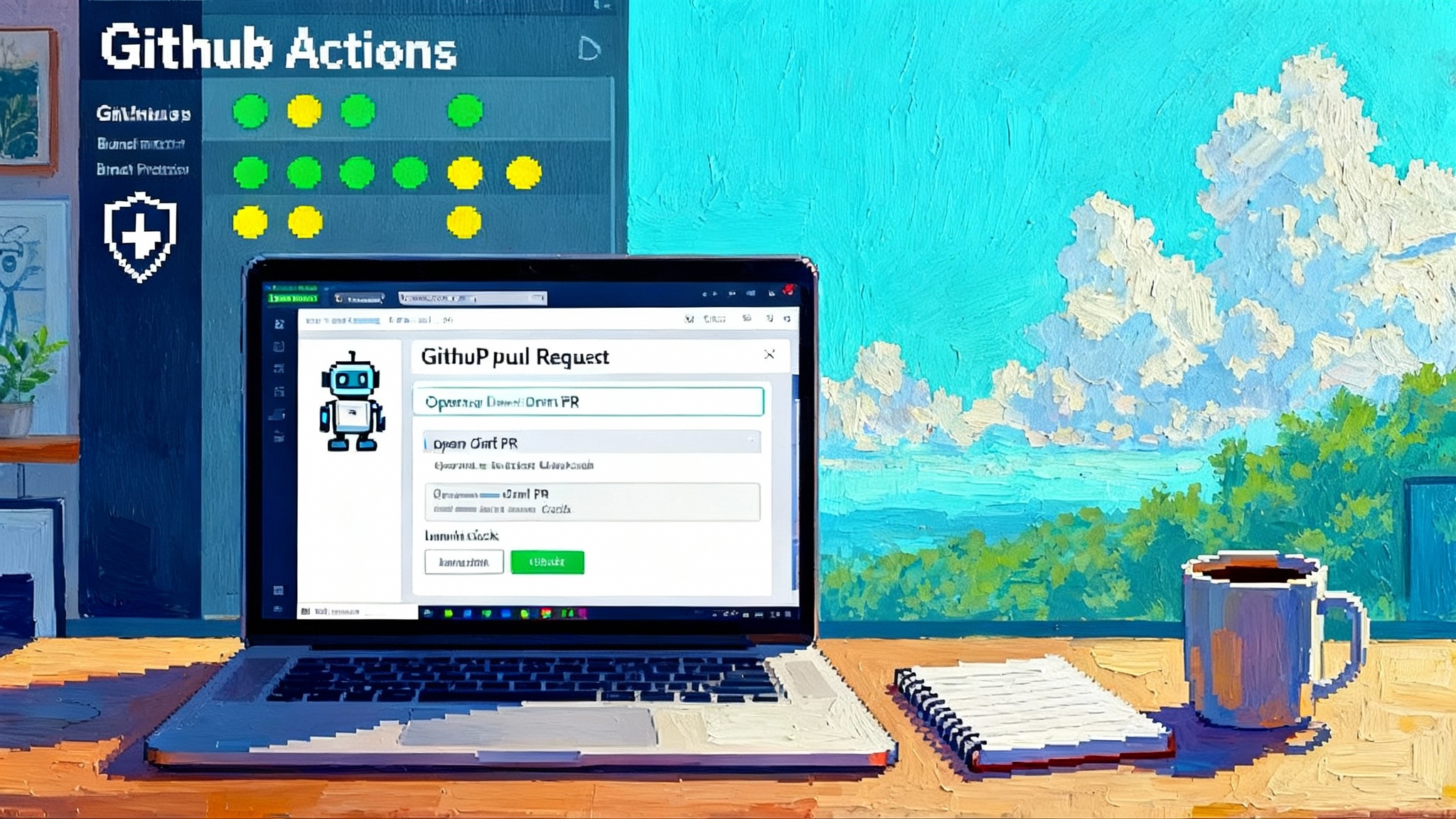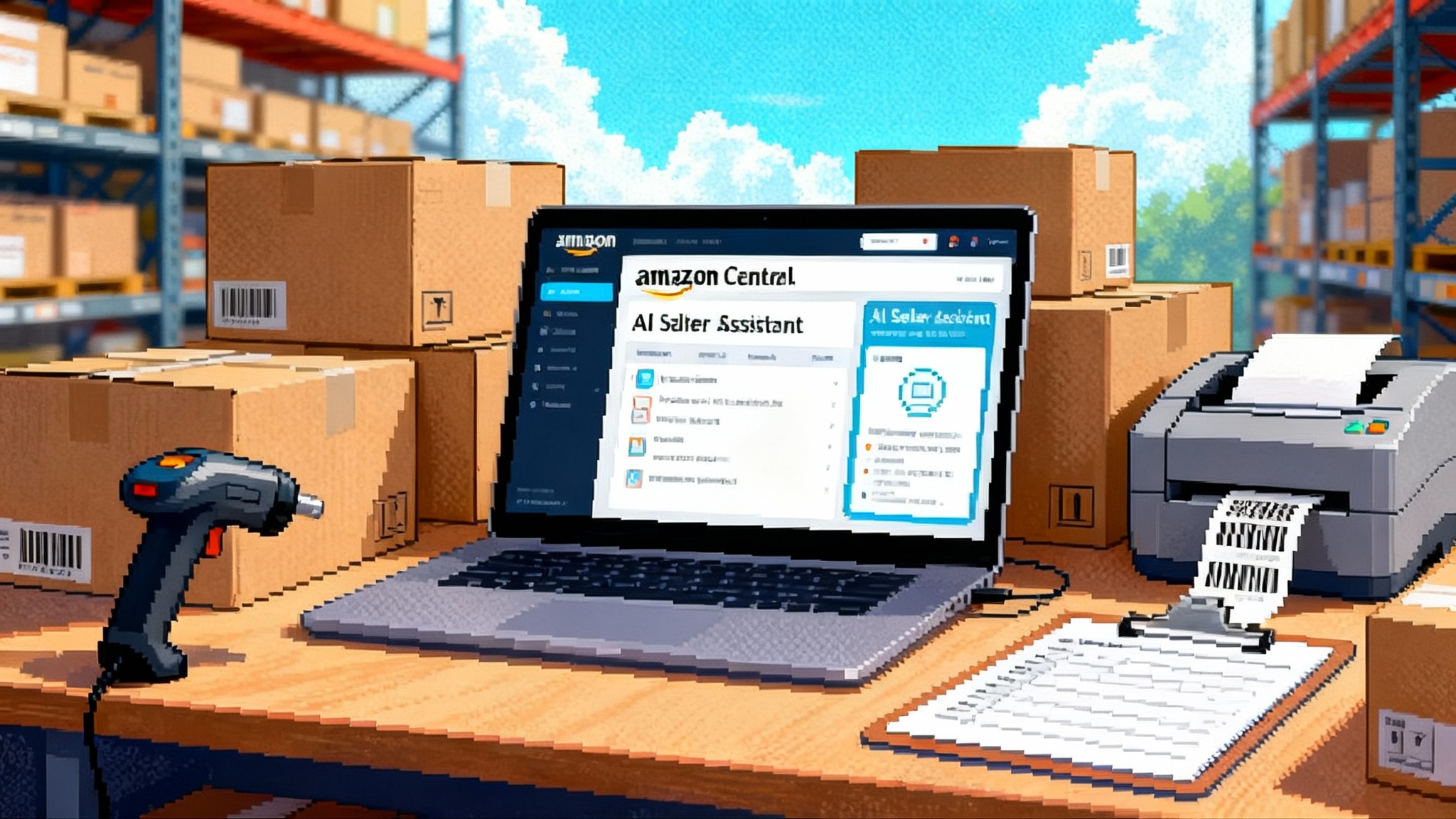Microsoft Security Store signals the future of enterprise AI
Microsoft's new Security Store is a governed marketplace for cybersecurity agents. SOC teams can build no code Security Copilot agents and deploy vetted partner agents inside their Microsoft environment.

Breaking: Microsoft opens a marketplace for security agents
Microsoft has launched Security Store, a governed storefront dedicated to cybersecurity software and artificial intelligence agents. Think of it as an app store that lives where security teams already work. It lists Microsoft Security Copilot agents and partner agents from vendors such as Darktrace, Illumio, Netskope, and Tanium, with the promise that buyers can deploy directly into their Microsoft security environment. The headline is not the catalog size. It is the operating model. Security teams can now build their own no code Security Copilot agents, publish them in the same storefront, and roll them out with enterprise controls from day one. That is an early signal of how enterprise AI will be distributed and governed at scale. See the coverage in Microsoft's Security Store launch.
Why a vertical agent marketplace matters
Horizontal app stores are excellent for discovery. Security teams need something stricter. A Security Operations Center, often shortened to SOC, is held to hard requirements. Evidence trails, least privilege, fast and reversible actions, and vendor onboarding that satisfies auditors as well as incident commanders. A vertical marketplace for security can bake in those constraints instead of leaving every team to reinvent them.
Here is what becomes possible when agents are distributed through a governed store instead of email threads and one off scripts:
- Built in identity and access controls. Agents enroll with the organization identity provider, and administrators assign permissions based on roles rather than shared secrets.
- Standardized data boundaries. Agents follow the same patterns for accessing logs, cases, and assets that human analysts use, with auditing turned on by default.
- One way to buy and deploy. Security, procurement, and finance use the same storefront to evaluate offers, handle trials, and push purchases to production environments with consistent policies.
This is not theoretical. Security Store integrates with Microsoft Defender, Sentinel, Entra, Purview, and Security Copilot, so partner agents are built to sit inside a familiar control plane. That shortens the distance from interesting demo to running in our tenant in a way a generic marketplace cannot.
The value is not more agents. The value is a controlled path that standardizes identity, logging, and provisioning so agents can move from test to production without reinventing governance.
What changes inside the SOC
Security teams will use Security Store in two ways. First, to acquire partner agents that handle cross vendor tasks. Second, to publish their own Security Copilot agents for repeatable, bespoke work.
Picture a routine incident. Darktrace flags unusual data exfiltration. An analyst opens a case in Microsoft Defender. A no code Security Copilot agent, created by the SOC and published through the store, reads the alert, pulls recent identity events from Entra, and asks Netskope to snapshot the user web session history for the last hour. If risk crosses a threshold, the agent calls Illumio to apply a temporary microsegmentation policy that limits lateral movement and then triggers Tanium to collect a forensic bundle from the endpoint. The analyst stays in control, the agent does the heavy lifting, and every step is logged.
That example shows three categories of work that agents can compress:
- Alert triage at machine speed. Agents enrich and de duplicate alerts and propose actions that analysts approve with one click. This reduces handoffs and makes the queue manageable.
- Evidence gathering across silos. Agents bridge identity, endpoint, network, and data protection systems without the swivel chair. This speeds investigations and lowers the risk of missed context.
- Safe, scripted remediation. Agents convert the best human runbooks into guarded automations that honor role based access control, often shortened to RBAC, while keeping operators in the loop.
The no code path is a big deal
Security engineers can now build Security Copilot agents without writing code. In practice that means describing the task in structured prompts, selecting the data sources and tools the agent can use, and setting guardrails. Publishing happens in the same governed storefront. That is crucial culturally. When the shortest path to production is also the safest path, good behavior wins by default.
A practical tip. Treat agent creation like a runbook redesign, not a chatbot project. Start with one narrow, high value task that currently soaks up analyst time. Phishing triage, endpoint isolation, or mass approval review for suspicious OAuth grants are good candidates. Write the acceptance tests first. Explicitly define the tools the agent can call, the decision thresholds, and what it must log. Then publish to a pilot group inside Security Store and measure dwell time reduction rather than open tickets closed.
If your application teams are already experimenting with product native agents in other domains, draw lessons from them. For example, our coverage of Office goes agent native shows what happens when the agent lives in the primary workflow. Adoption increases because discovery and use sit side by side. The same pattern applies to security.
Procurement, governance, and why this should reduce cycle time
Most organizations spend more time on procurement than on technical integration. Security Store can shorten that because it collapses three separate workflows into one flow. Technical validation, legal review, and provisioning.
- Technical validation. Because agents run inside Microsoft security products, integrations use known connectors and permission models. Security architects can review a standard set of scopes and data flows rather than deciphering a new pattern each time.
- Legal review. Marketplace distribution supports standard terms and compliance attestations. That still requires legal eyes, but the review starts from a shared baseline and attaches to a versioned offer in the store. If your company buys through a cloud service provider channel, that path is supported as well.
- Provisioning. Once approved, the offer is provisioned into the correct tenant, workspace, and group assignments using the organization identity and policy systems. No one ships an installer, and no one should email credentials.
This matters because security teams do not have infinite attention. Every week an alert waits is a week of exposure. A marketplace that standardizes the paperwork and the plumbing is not a nice to have. It is a risk control.
A template for enterprise agent distribution
Microsoft has been moving toward a unified marketplace with native Agent Stores inside its products. That strategy means buyers can find and deploy approved agents without leaving the product where they work. Security Store is the security specific expression of that idea.
On September 25, 2025 Microsoft announced a single Microsoft Marketplace that surfaces AI apps and agents across the cloud, with controls for discovery, purchase, and distribution into Microsoft 365 and Azure environments. That consolidation explains how a vertical store like Security Store can scale and stay governed. See the announcement, Introducing Microsoft Marketplace.
The pattern is straightforward and portable:
- Build a product native Agent Store inside the main workflow tool. That keeps discovery and use together, which reduces context switching and increases adoption.
- Connect the Agent Store to a corporate marketplace that handles contracts, billing, and channel. That moves procurement friction away from the team and into a centralized, governed process.
- Let customers publish their own agents into the same store with the same controls. That turns every organization into a first party vendor inside its own walls while enforcing identity, logging, and approval flows.
Security is the first vertical to get this treatment because the demand is urgent. The same model will travel to finance, operations, support, and human resources as soon as controls are ready. The cross vendor angle is important too. See how Google is approaching this in our look at cross vendor agents with A2A.
What this means for vendors
If you build security products, you now need a distribution strategy for agents, not only integrations and dashboards. The baseline expectations are becoming clear.
- Ship an agent that can triage, decide, and act. Customers want measurable outcomes. Fewer escalations, faster mean time to respond, and higher containment rates. A connector that mirrors your UI is not enough.
- Adopt the host platform identity model. Map your permissions to the customer roles and avoid tokens that float outside the central identity system. If identity is the control plane, the agent must live inside it. For more on the identity trend, see our piece on identity as the control plane.
- Attach governance metadata. Document what your agent logs, how it fails safely, and how it isolates actions to a tenant. Provide a right sized security review packet that legal and risk teams can file and reuse.
- Price for outcomes and platform alignment. Expect buyers to purchase through the marketplace and to prefer offers that support their channel and commitments. Build transparent trials with visible guardrails and clear scopes.
A helpful internal exercise. Pick a single customer incident type that your product handles well, such as lateral movement detection or data egress prevention. Design an agent that closes that loop end to end with the minimum set of permissions. Write the audit log story first. If you cannot explain the evidence trail clearly, your permissions are too broad or your logging is too thin.
What to do next if you run a SOC
Start small and pick a stable runbook that costs you time every week.
- Identify a runbook where response time and consistency matter, such as impossible travel alerts or suspicious OAuth grant events. Define success as a quantitative change in dwell time or false positive rate.
- Build a no code Security Copilot agent that performs the first two steps of the runbook and proposes the third. Constrain its tools and add clear thresholds for escalation.
- Publish the agent to a pilot group in Security Store. Require analysts to tag every agent action as helpful or not and collect the evidence in your case management system.
- Review after two weeks. Promote the agent if it meets your acceptance criteria. If it misses, revise the guardrails or scope and try again.
On the procurement side, agree with legal and finance on a short list of marketplace requirements that must be met for any third party agent. The faster you standardize those asks, the faster you can approve new capabilities when you need them most.
A maturity model for agent operations
As you scale beyond the first few agents, introduce a simple maturity model to avoid drift.
- Level 1. Pilot agents. One team builds and runs agents with narrow scopes and human approval on every action that changes device, identity, or network state.
- Level 2. Department agents. Multiple teams publish agents through Security Store. RBAC is mapped to job roles. Evidence retention and chain of custody are documented and reviewed quarterly.
- Level 3. Enterprise agents. Central guardrails define which tools agents can call, what they log, and how they escalate. Approvals are tiered by risk. Agents are versioned and released through a change board.
- Level 4. Federated agents. Business units contribute agents that meet shared controls. Standardized permissions, evidence stores, and rollback procedures are enforced through policy.
Friction points and how to mitigate them
No launch erases hard problems. Here are the practical challenges most teams will face and how to mitigate them.
- Agent identity and access. RBAC is table stakes, but mapping least privilege across identity, endpoint, network, and data tools is still work. Create reference permission sets per agent type. For example, a triage agent needs read access to alert tables and case metadata, plus scoped write access to add comments and propose actions. A containment agent needs time bound write access to device isolation or microsegmentation APIs.
- Change management. Agents accelerate good decisions and bad ones. Require human in the loop on any action that modifies device, identity, or network state until post incident reviews show that false positive rates are under control. Use canary releases for agent updates and log every action with a correlation ID.
- Evidence retention and chain of custody. If an agent collects artifacts, your legal team must know where those files live and who accessed them. Standardize an evidence store and bind every agent to that location with immutable logging. Keep retention policies aligned with legal hold requirements.
- Vendor sprawl in a new suit. If every tool ships an agent, you can recreate the old silos. Define a minimum capability model for agents. Prefer ones that can both read and take a scoped action. Avoid read only agents that restate data you already have.
- False confidence in automation. Early wins can tempt teams to remove human review too soon. Track automation precision and recall the way you track detection rates. Tie escalation thresholds to real metrics, not gut feel.
How this connects to the broader agent wave
Security often sets the bar for governance, and other domains follow. Expect to see vertical Agent Stores for finance, customer support, and operations with the same three ingredients. Product native discovery, unified marketplace contracts, and governed publishing of internal agents. The tools those agents can call will differ. In finance, think general ledger, expense management, and bank reconciliation. In support, think ticket deflection, account verification, and next best action with explanations. The control objectives will rhyme with security goals. Least privilege, auditability, and fast, reversible actions.
We are already seeing this model across other platforms. Our deep dive into Office goes agent native shows how placing an Agent Store inside core productivity tools changes adoption patterns. Our look at cross vendor agents with A2A shows the importance of standardized protocols as agents reach across product lines. And our piece on identity as the control plane explains why RBAC and audit trails are not optional once agents gain write access to critical systems.
Questions leaders should ask this quarter
- Which two SOC runbooks are best suited for an initial no code agent with human approval on actions?
- What minimum controls must every internal or partner agent meet before it appears in production? Identity mapping, logging, evidence retention, rollback. Write the list and share it.
- How will we measure value? Pick two metrics that tie to real outcomes. Mean time to respond and containment rate are common choices. Add a rollback rate for honesty.
- Which vendors align with marketplace procurement and which ones still require exceptions? Close the gaps now so you are not negotiating during an incident.
The bottom line
Security Store turns agents from hobby projects into governed software you can buy, build, and publish with confidence. It reshapes SOC workflows by letting analysts focus on judgment while agents do the plumbing. It shortens procurement by standardizing contracts and provisioning. Most importantly, it gives enterprises a repeatable distribution model for agents. Discover in the product, buy through a unified marketplace, and publish your own agents under the same controls. That is a template worth copying.
If Security Store proves itself in the toughest room in the building, the SOC, it will clear the path for agent marketplaces across the enterprise. The lesson for leaders is simple. The future of enterprise AI looks less like a single assistant and more like a library of narrow, auditable agents that live inside work. Start building that library now. The governance path is finally catching up with the ambition.
